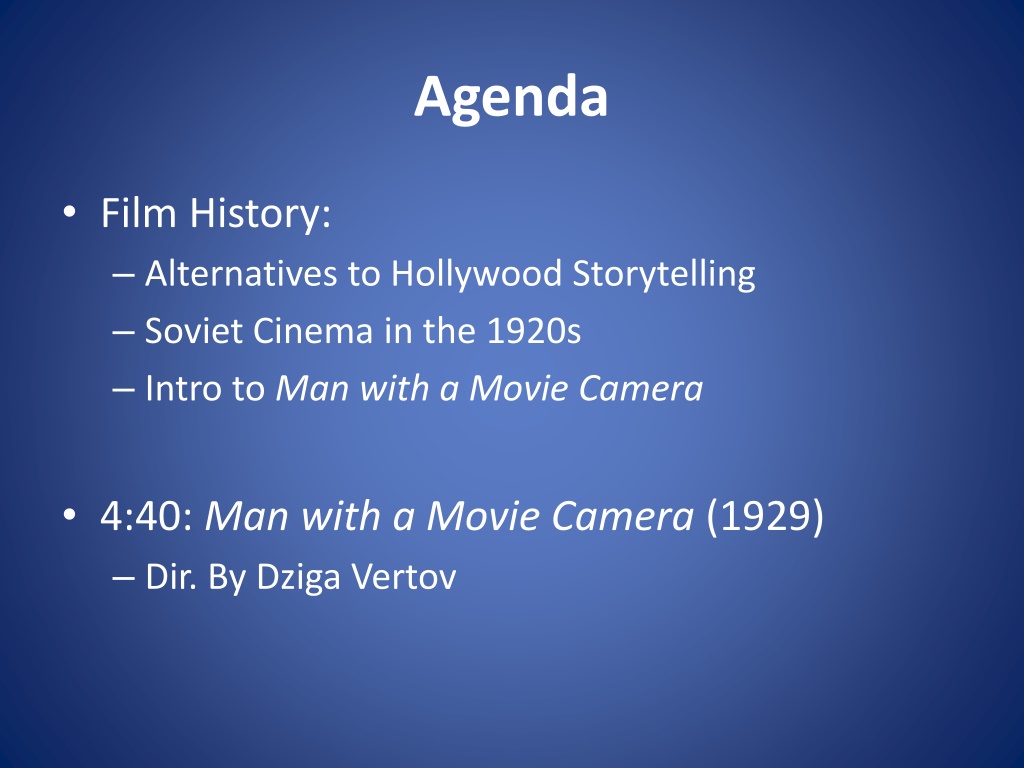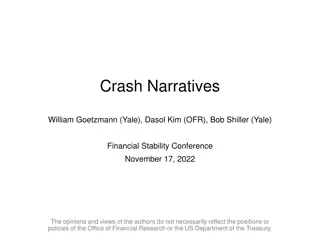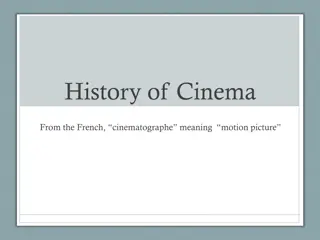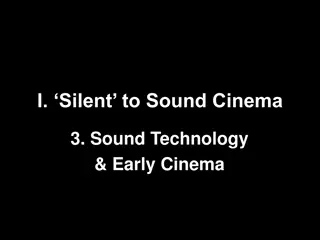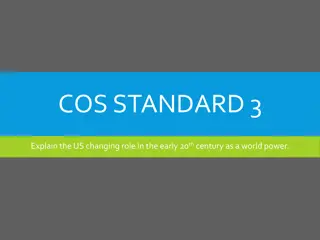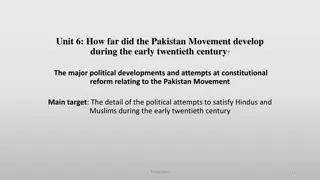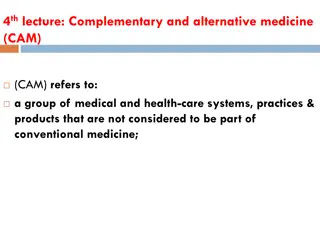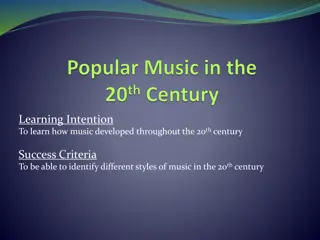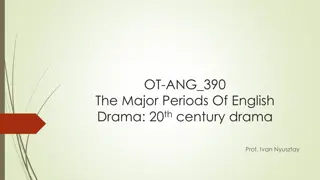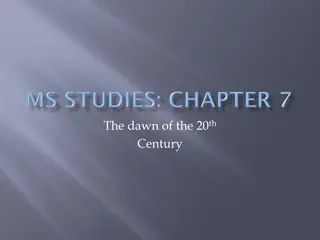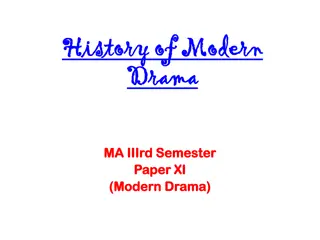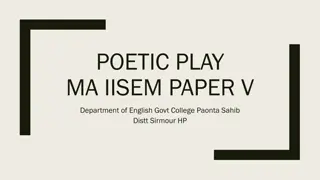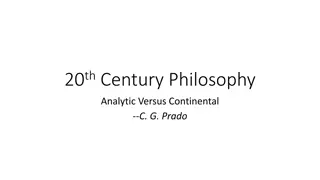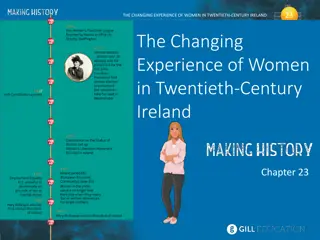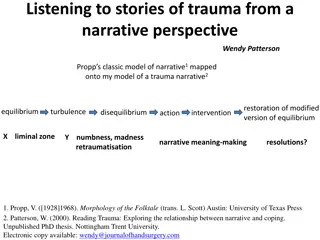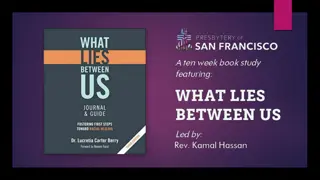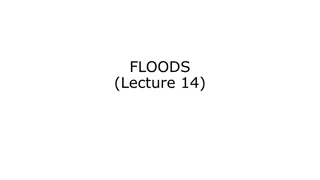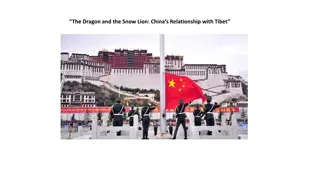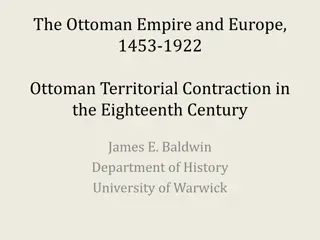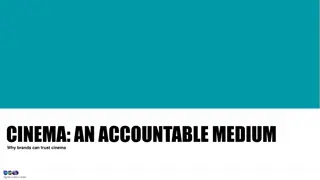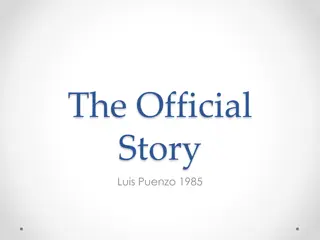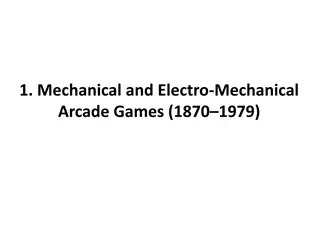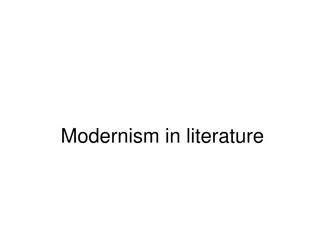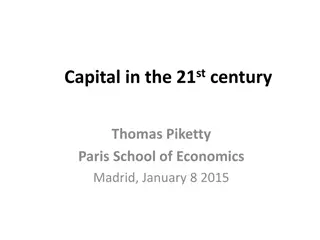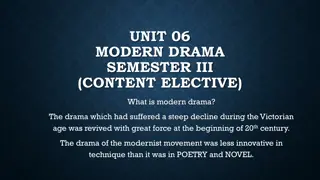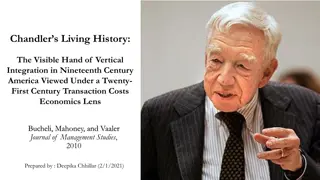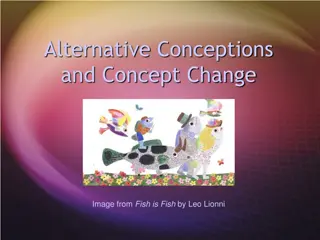Exploring Alternative Narratives in Early 20th Century Cinema
Delve into the world of Soviet Montage, German Expressionism, and French Impressionism as we examine the emergence of avant-garde filmmaking and modernist aesthetics in the 1920s. Discover the evolution of film history through experimental and documentary approaches, challenging traditional Hollywood storytelling. Witness the characteristics of modernist art and the rise of modernity, reflecting shifting cultural attitudes in response to rapid societal changes.
Download Presentation

Please find below an Image/Link to download the presentation.
The content on the website is provided AS IS for your information and personal use only. It may not be sold, licensed, or shared on other websites without obtaining consent from the author. Download presentation by click this link. If you encounter any issues during the download, it is possible that the publisher has removed the file from their server.
E N D
Presentation Transcript
Agenda Film History: Alternatives to Hollywood Storytelling Soviet Cinema in the 1920s Intro to Man with a Movie Camera 4:40: Man with a Movie Camera (1929) Dir. By Dziga Vertov
Approaches to Film History Aesthetic Technological Economic Social/Historical Also: Film Movements Nationalism
Alternatives to (Hollywood) Narratives 1. Documentary: Documentary film is more concerned with the recording of reality, the education of viewers, or the presentation of political or social analyses (LaM 71) 2. Experimental Film: pushes the boundaries of what most people think movies are or should be (LaM 76) 3. Modernist Film and Modernist Aesthetics
European Cinema in the 1920s German Expressionism, French Impressionism, Soviet Montage Formal experimentation and innovation Emergence of the Avant-Garde: Films begin to achieve status of art
Modernism and Modernity Modernity Rise of the nation Urbanization New technologies Rapid growth of scientific knowledge Rise of mass media Changes in family structure Challenges to religious authority Growth of consumer capitalism, emergence of a leisure class, etc. Modernism A major shift in cultural attitudes that arose largely as a response to modern life the late phases of the industrial revolution, especially the new modes of transportation and communication that were swiftly transforming people s lives - (Bordwell and Thompson, Film History, 68-70). How people s philosophies and worldviews shifted, and especially the ways their representations of the world (in their art) changed.
Characteristics of Modernist Art Increasing abstraction Emphasis of form over content Emphasis on the new, rejection of tradition Fragmentation (of narrative and image) Nonlinear temporality, disruption of cause and effect Investigation of subjectivity and the subconscious
Experimental Film Maya Deren: A radio is not a louder voice, an airplane is not a faster car, and the motion picture should not be thought of as a faster painting or a more real play . . . . . . All of these forms are qualitatively different from those which preceded them. If cinema is to take its place beside the others as a full-fledged art form, it must cease merely to record realities that owe nothing of their actual existence to the film instrument.
Early Documentary First Documentary: Nanook of the North (1922), dir. by Robert Flaherty City Symphonies Manhatta (1921), Berlin (1927) Influences on Early Documentary Anthropology Public Education Science of Propaganda
Soviet Cinema in the 1920s 1917: Bolshevik Revolution 1920s: Golden Age of Soviet Cinema Lenin: For us, the most important of all the arts is the cinema (1922) Constructivism: Art as labor; a modernism of social utility Eisenstein: Battleship Potemkin (1925) Vertov: Man with a Movie Camera (1929) 1930s: Stalin s great purge ; ascendancy of socialist realism
Our eyes see very little and very badly so people dreamed up the microscope to let them see invisible phenomena; they invented the telescope now they have perfected the cinecamera to penetrate more deeply into he visible world, to explore and record visual phenomena so that what is happening now, which will have to be taken account of in the future, is not forgotten. Dziga Vertov The film drama is the Opium of the people down with Bourgeois fairy-tale scenarios long live life as it is! Dziga Vertov from: http://sensesofcinema.com/2003/great-directors/vertov/
Critical Responses to Man with a Movie Camera Sergei Eisenstein: unmotivated camera mischief. John Grierson: Man with a Movie Camera is not a film, but a snapshot album Roger Ebert: What Vertov did was elevate . . . avant- garde freedom to a level encompassing his entire film. That is why the film seems fresh today; 80 years later, it is fresh. From: http://www.nytimes.com/2011/04/10/movies/dziga-vertov-films-at-museum-of-modern-art.html http://www.rogerebert.com/reviews/great-movie-man-with-a-movie-camera-1929
Questions about Man with a Movie Camera What does the film tell you about life in the Soviet Union in the 1920s? Does this film have a narrative? Think about Individuals and crowds. How does Vertov direct our emotions toward people in this film? Why does Vertov show us his filmmaking process at various points in the film? How does the editing affect your interpretation of the film?
